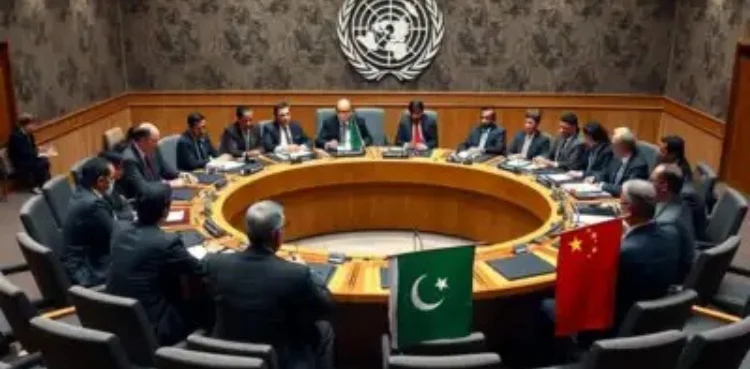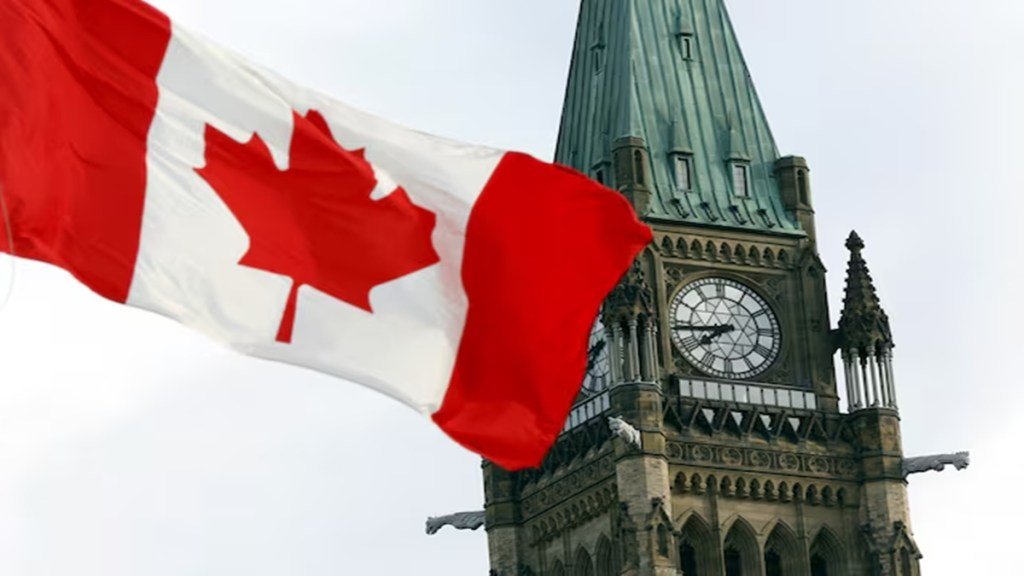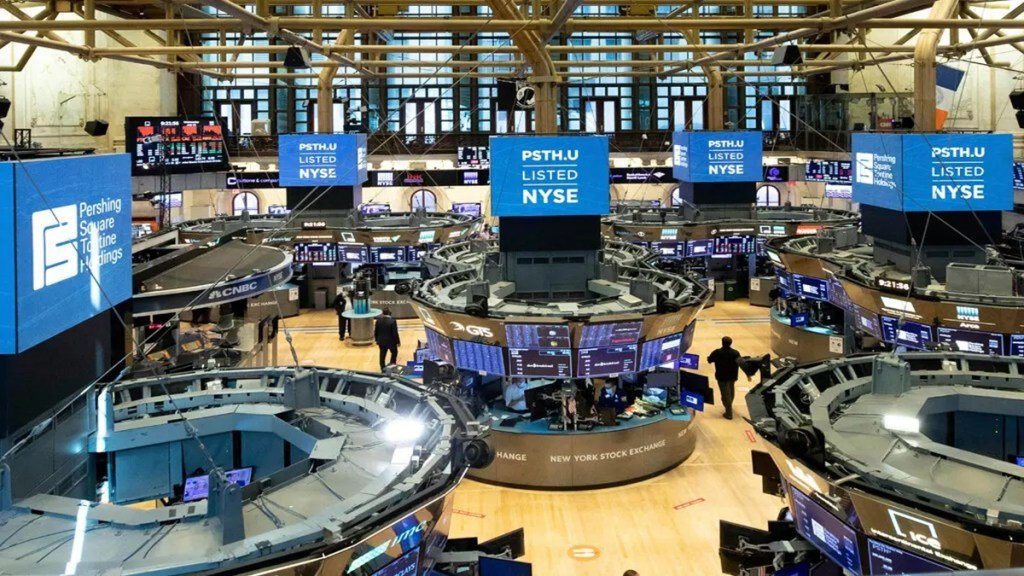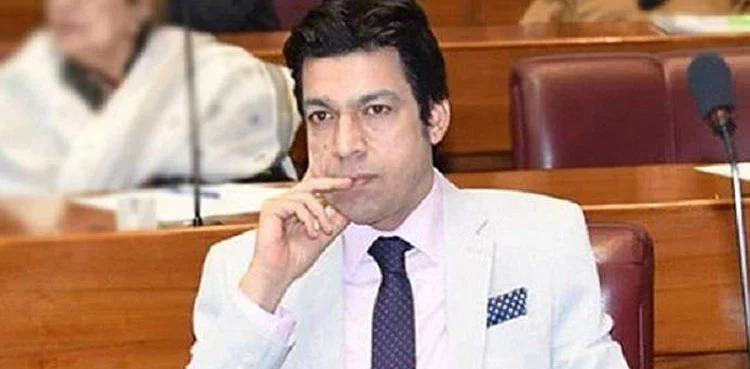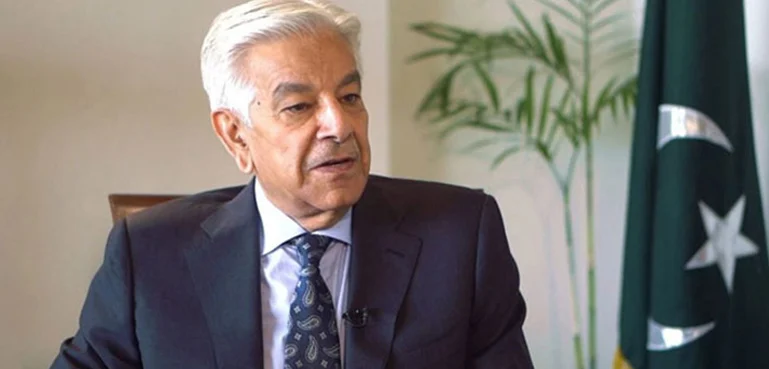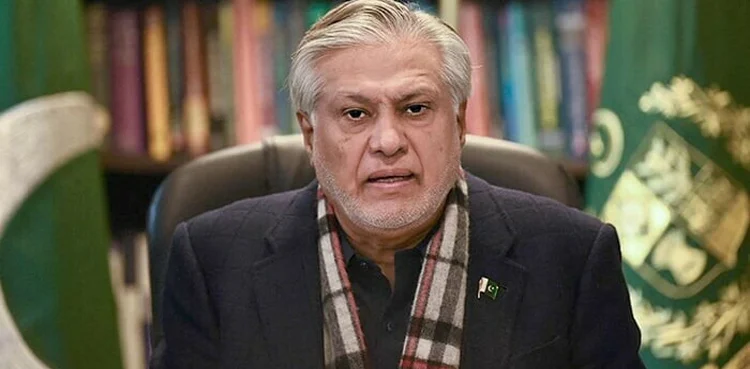
Federal Reserve Chair Jerome Powell is currently facing mounting pressure from the Trump administration. President Trump has made his dissatisfaction with Powell clear, stating that if he were asked to leave his position, “he’d be out of there real fast.” Powell, however, has firmly responded that he would not step down even if directly asked. The public clash follows growing frustration from Trump over Powell’s cautious approach to lowering interest rates.
The President has repeatedly called for immediate rate cuts to boost the economy, but Powell has emphasized the need for solid economic data before making such a move. This measured stance appears to have deepened the divide between the Federal Reserve and the White House, especially following Powell’s recent remarks on the economic fallout from the administration’s aggressive tariff policies.
There is growing speculation that Trump’s push to oust Powell stems from the Fed’s stark warnings about the economic consequences of ongoing trade tensions. Powell, speaking recently in Chicago, noted that the current policy landscape has shifted in unprecedented ways, describing the scope of recent tariffs as “significantly larger than anticipated.” He characterized these changes as among the most fundamental the U.S. economy has faced in modern times, placing the central bank in unfamiliar territory.
Meanwhile, the European Central Bank has continued to respond to global economic headwinds, announcing its seventh rate cut in the past year. As the global markets attempt to absorb the impact of the temporary 90-day pause on new U.S. tariffs, Powell’s caution reflects the broader uncertainty facing monetary policymakers.
The Federal Reserve has projected increases in inflation and unemployment as potential side effects of the ongoing trade conflicts. Powell has remained consistent in his approach, basing his decisions on available data and focusing on the dual mandate of maximum employment and price stability.
When questioned during a press conference about Powell’s future, Trump dodged direct answers but implied that if he wanted Powell gone, it would happen swiftly. The exchange between the two leaders highlights a growing rift between political ambitions and the independence of the central bank. Powell’s refusal to bow to political pressure reinforces the traditional role of the Federal Reserve as a data-driven institution, even as it navigates one of the most volatile economic environments in recent history.







